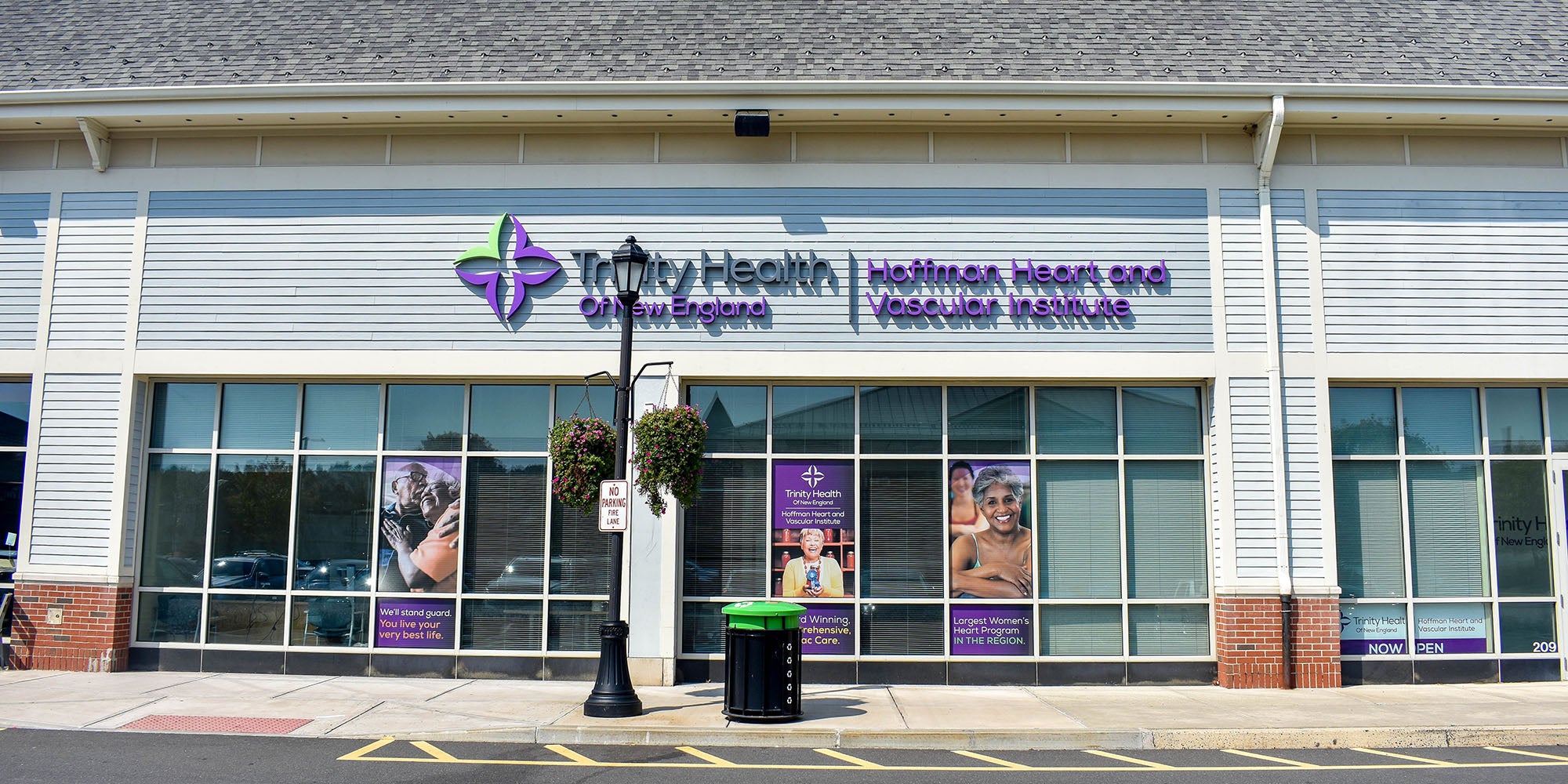Diagnostic Testing
Contact UsTrinity Health Of New England specializes in catheter-based procedures that can diagnose and treat blocked or damaged blood vessels. Interventional cardiologists insert a catheter (thin, flexible tube) in a small incision in the groin or wrist to access the heart and blood vessels. Advances in vascular procedures have made it possible for patients to get fast, effective vascular disease treatment that can prevent a heart attack or other cardiovascular emergencies. There are heart and vascular specialists available throughout Connecticut and western Massachusetts.
Trinity Health Of New England is recognized as being among the fastest “door-to-balloon” times for heart attack care in Connecticut. Door-to-balloon time is a time measurement that starts with a patient’s arrival to the Emergency Department and ends with the initiation of treatment with balloon angioplasty. Angioplasty is a procedure used to open blocked coronary arteries (arteries that supply the heart with blood).
The highly skilled cardiologists at Trinity Health Of New England are experts at diagnosing and treating cardiovascular disease with the use of a catheter into a blood vessel that leads to the heart. Below are a few options for catheter-based testing.


